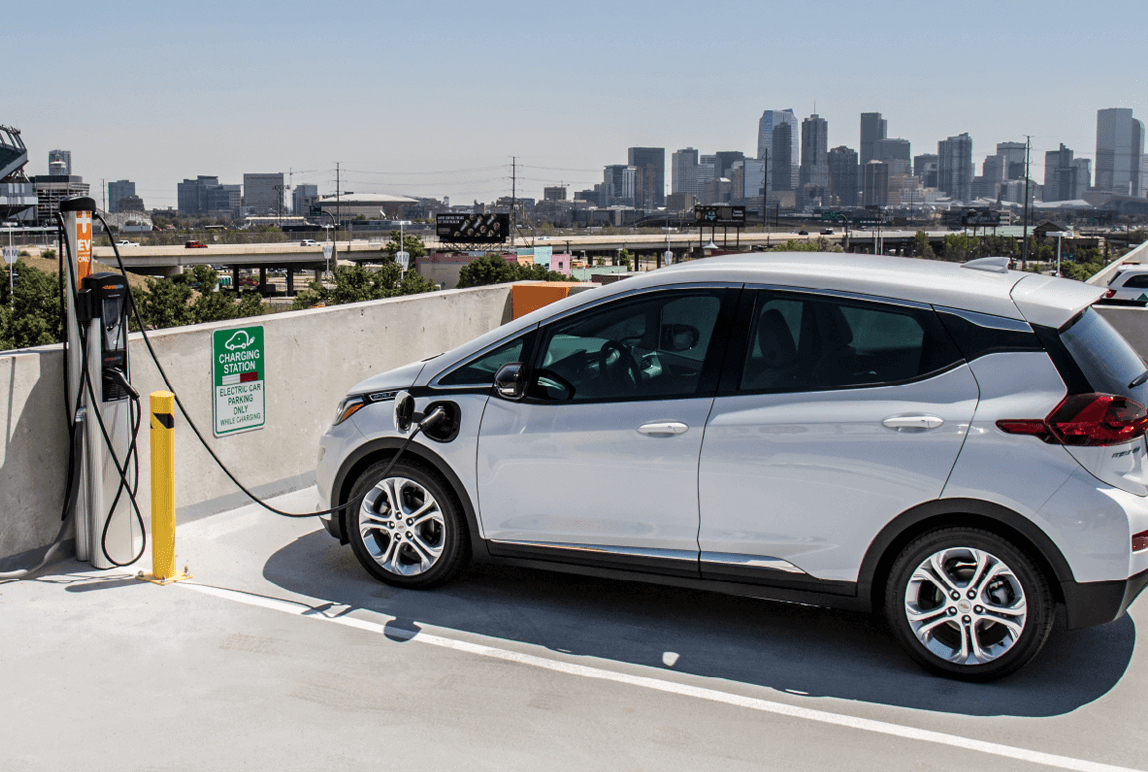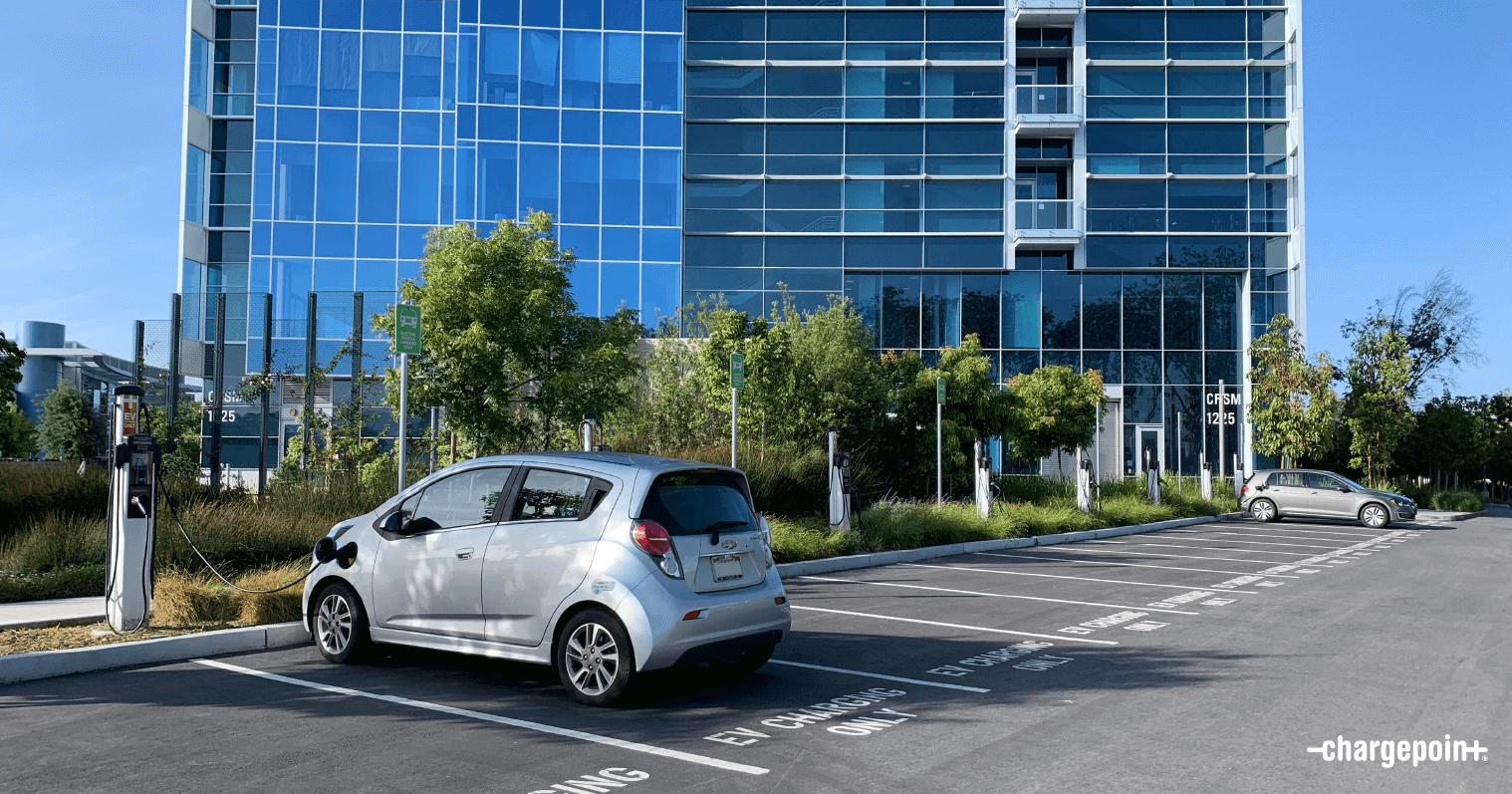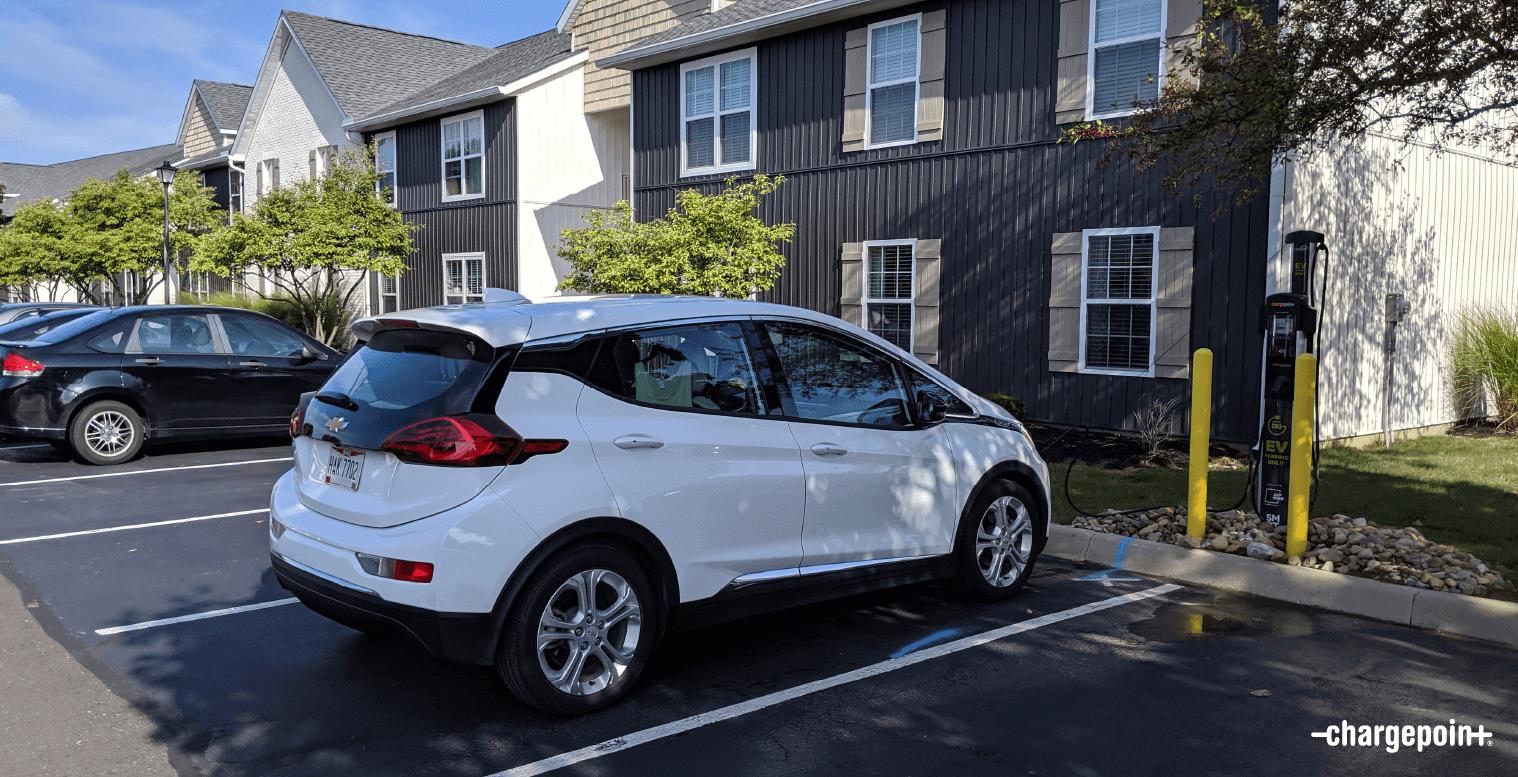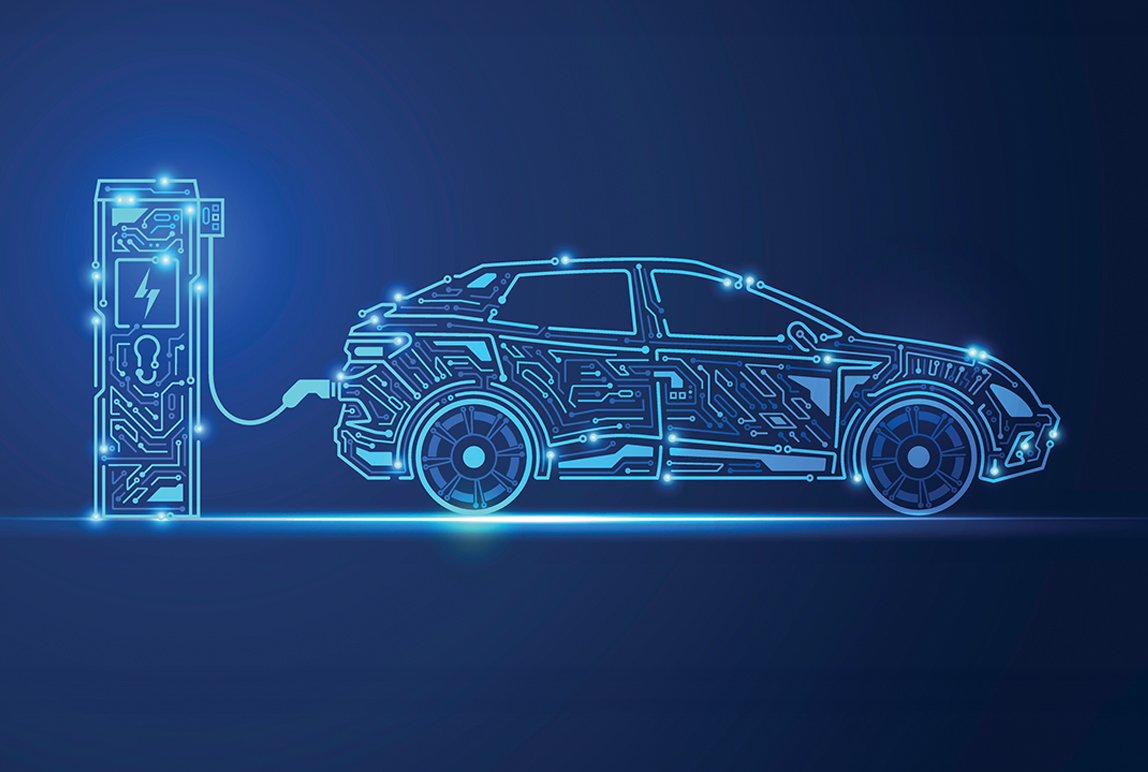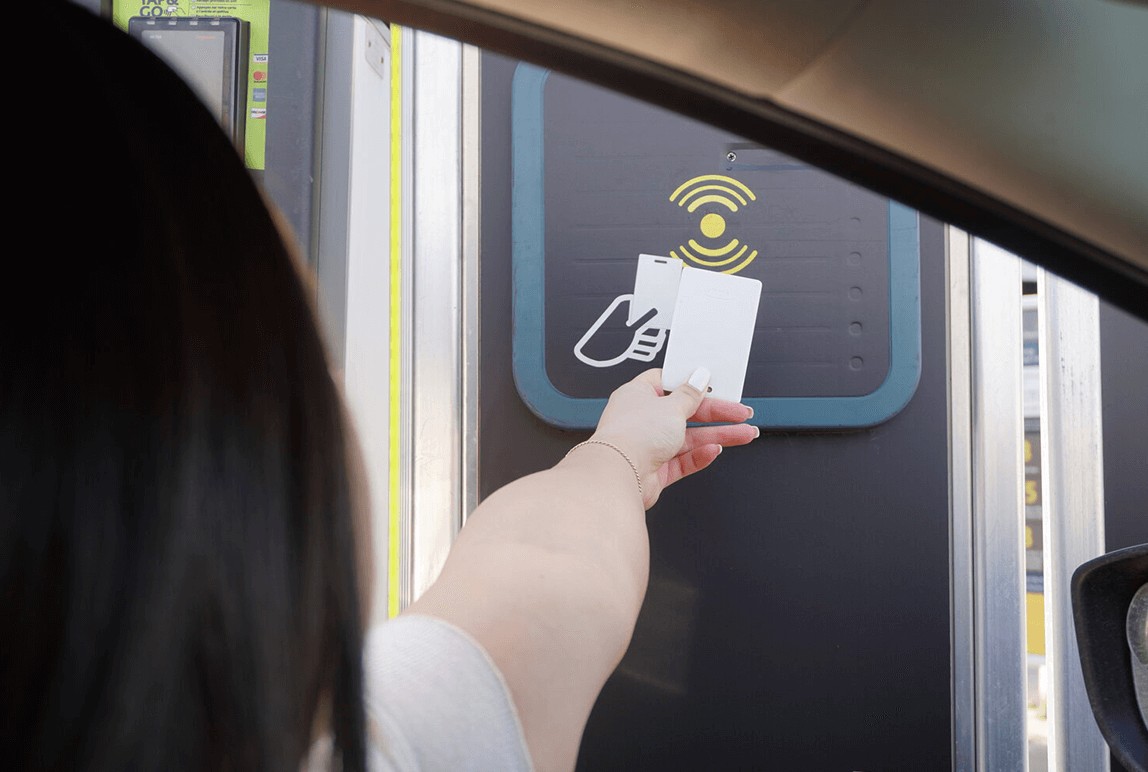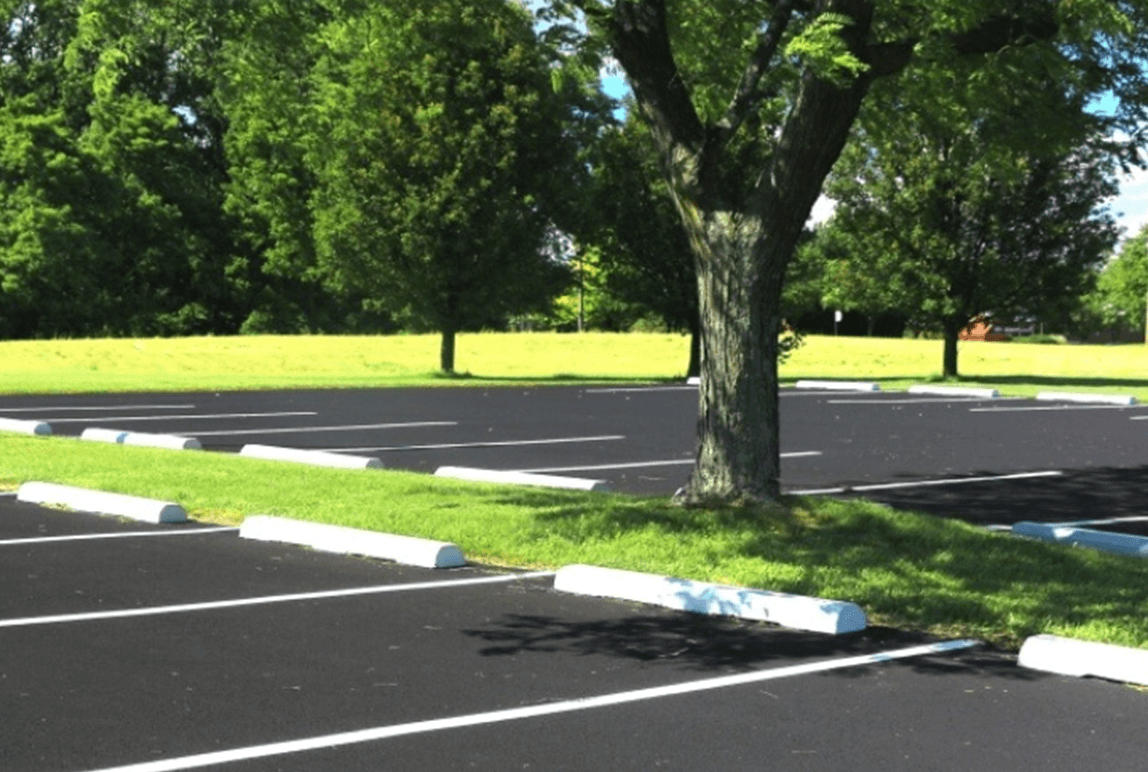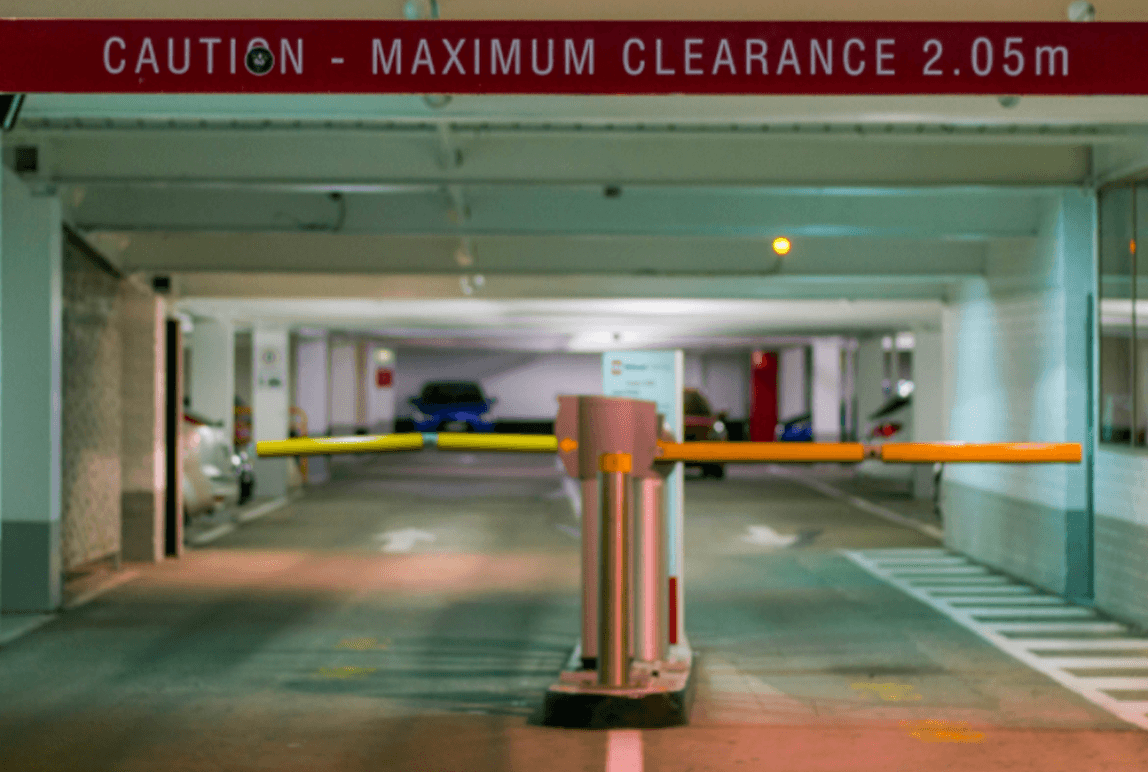Wait and Cede: Why It’s Time Real Estate Developers Rethink EV Charging
Posted: Sept, 01, 2020 9:18AM ET • 4 min read
Originally published on ChargePoint.
“We’ll just have to wait and see” and “If it ain’t broke, don’t fix it” are maxims that have served the commercial real estate (CRE) industry well in the past. I’ve heard some variation of them repeated many times while discussing EV charging with real estate professionals. I usually tell my developer friends the same thing: The trouble with taking a wait and see approach to e-mobility is that, in fact, transportation is broken, and it will largely fall on you to help fix it. The electric vehicle (EV) wave that’s currently rocking the coasts is about to sweep over the nation. As EVs become mainstream drivers will expect to be able to charge their cars either in their multifamily dwellings or workplaces or both. And guess who is going to be responsible for building and maintaining those types of developments?
The Coming EV Tsunami
According to a new white paper from real estate consulting firm RCLCO, “Many real estate owners already are, or should be, responding to this dramatic growth in EV sales by increasingly offering charging stations at their properties. Early adopters benefit from enhanced positioning opportunities and new revenue streams. Those who underestimate the impact of EV growth and delay offering EV charging may see reductions in asset positioning.” Believe me, it’s far more cost effective to plan for EV charging while a project is in development than it is to rip and replace later. Whether my developer friends like it or not, future mandates and fierce competition will compel it. Wait and see will become “wait and cede” while first movers reap the benefits of those tens of millions of new EV drivers flooding into their communities in the coming years. But now that you know what’s coming, there’s time to prepare.
“The robust growth in EV sales necessitates that real estate owners install significant volumes of EV charging stations across all land uses and geographies. Multifamily, office, retail and hospitality locations will see significantly more demand, while every land use will experience order-of-magnitude increases in overall charging station supply requirements.” – RCLCO
Forget Amenity...
People choose where they reside and work based on their values. According to one recent survey, over 70% of employees said they were “more likely to choose to work at a company with a strong environmental agenda.” The numbers were higher among millennials, who would even take a pay cut to do so. They, along with Gen Z, are increasingly choosing to live in multifamily communities. You wouldn’t design a building without electrical outlets, bathrooms or windows, would you? One reason I think many developers are hesitant to install charging stations is, that like many people, they look at EVs the same way they view traditional internal combustion engine (ICE) vehicles. it’s hard to imagine not driving to some third location between home and work to fuel up. But current EV drivers know that fuelling an electric car is far more like charging a device than pumping gas. There’s no way you’d travel to some out-of-the-way place to plug in your phone and wait for it to charge.
...Think Necessity
As Deloitte put it in its recent 2020 commercial real estate outlook survey, “It has become urgent for CRE companies to prioritize tenants’ and end users’ needs, given the increasing influence of technology and changing customer preferences.” According to the survey, 92% of respondents plan to “maintain or increase their tenant experience-related technology investments.” Networked EV charging hits the sweet spot between technology and preferences, allowing property owners and managers to collect valuable behavioral information on residents and tenants while providing them an invaluable service they’ll use every day.
When E-Mobility Becomes Mobility
Either through demand or regulation, EV charging in multifamily, mixed-use and retail developments will be mandated sooner or later. Since it’s only a matter of time before e-mobility becomes simply “mobility,” there’s never been a better time to be a first mover. Developers who take advantage of the coming sea change will reap the rewards far more quickly than their hesitant counterparts and gain an enduring competitive advantage to boot. Perhaps it’s time to retire “wait and see” in favor of any number of other old sayings, including, “A day late and a dollar short” or “The early bird gets the worm.” Personally, I prefer, “You snooze, you lose.” And if there’s one thing I know about my developer friends, they hate to lose.
To find out more about why smart EV charging is a must for commercial real estate developers, read RCLCO’s whitepaper.
Share Article:
ABOUT THE AUTHOR
Michael Hughes
Chief Commercial and Revenue Officer
Michael Hughes is an accomplished sales leader with 25 years of experience in strategic planning, sales, services, marketing, business and organizational development, product leadership, operations and market-making in early-stage and established technology companies. At ChargePoint, Hughes leads global sales, mobility ecosystem relationships and business development functions. Prior to joining ChargePoint, he spent nine years at Barracuda Networks, serving as Senior Vice President of Worldwide Sales and Services and scaling the company to $500 million in revenue and an initial public offering. He was previously Vice President of Sales for Asempra Technologies and a sales and business development leader at McDATA Corporation, Invio Software and Marimba. Michael advises technology and venture capital firms. He holds a BS in Marketing from Miami University and an MBA from the University of Michigan.
Questions?
Fill out the form below and we will do our best to connect you with a suitable contact.

